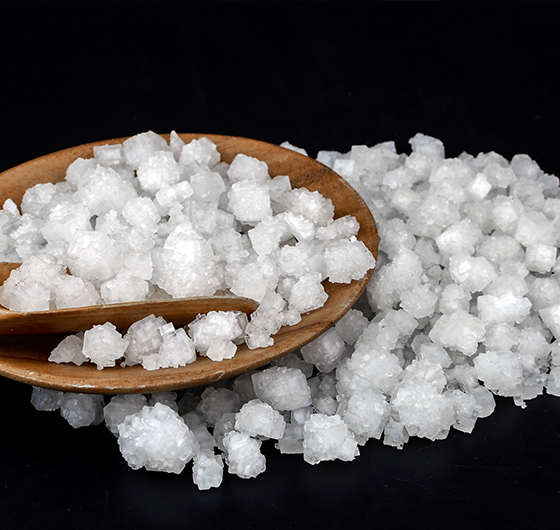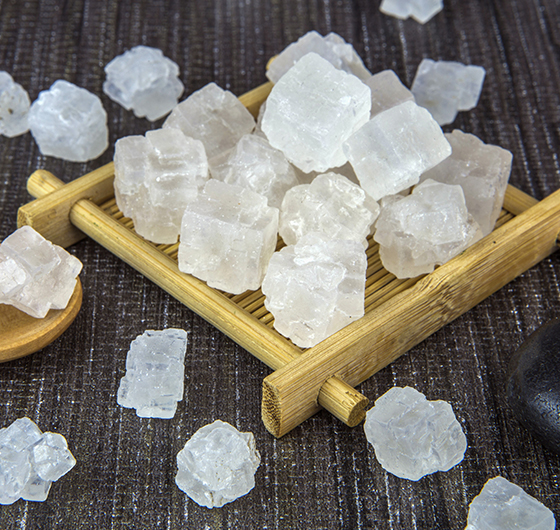Introduction to sea salt: It is a salt with sea water (sometimes subsurface brine in the north) as the raw material. The sea water enters the evaporation pool through tidal flood, is evaporated and concentrated into saturated brine after sun exposure, continues to be evaporated and crystallized in the crystallization pool, after artificial or mechanical salt harvest, the salt is heaped to complete the production. With low content of sodium chloride, the sea salt contains multiple trace elements required by the human body, with no anti-caking agent added.
The sea salt is widely used in industry. The main products in basic chemical industry such as hydrochloric acid, caustic soda, sodium carbonate, ammonium chloride and chlorine are mainly produced with industrial salt as the raw material. A large amount of sodium chloride is required in organic synthesis industry. In addition, it is also used for soap manufacturing, ceramics, glass production, daily chemicals, oil drilling, petrochemical dehydrate liquid, early strength agent for construction industry, coagulant for producing coatings, latex coagulant for rubber industry, additives for paper manufacturing industry, deinking of waste papers, inorganic chemical materials and sulfate radical remover in chemical industry, coagulant of sodium alginate, rotting prevention of wheat, apples and Chinese cabbage and food preservatives, making of metallic sodium and other sodium compounds, heat treatment media for steel. Salt also has extensive applications in the aspects such as water treatment, road snow removal and cooling and refrigeration.

